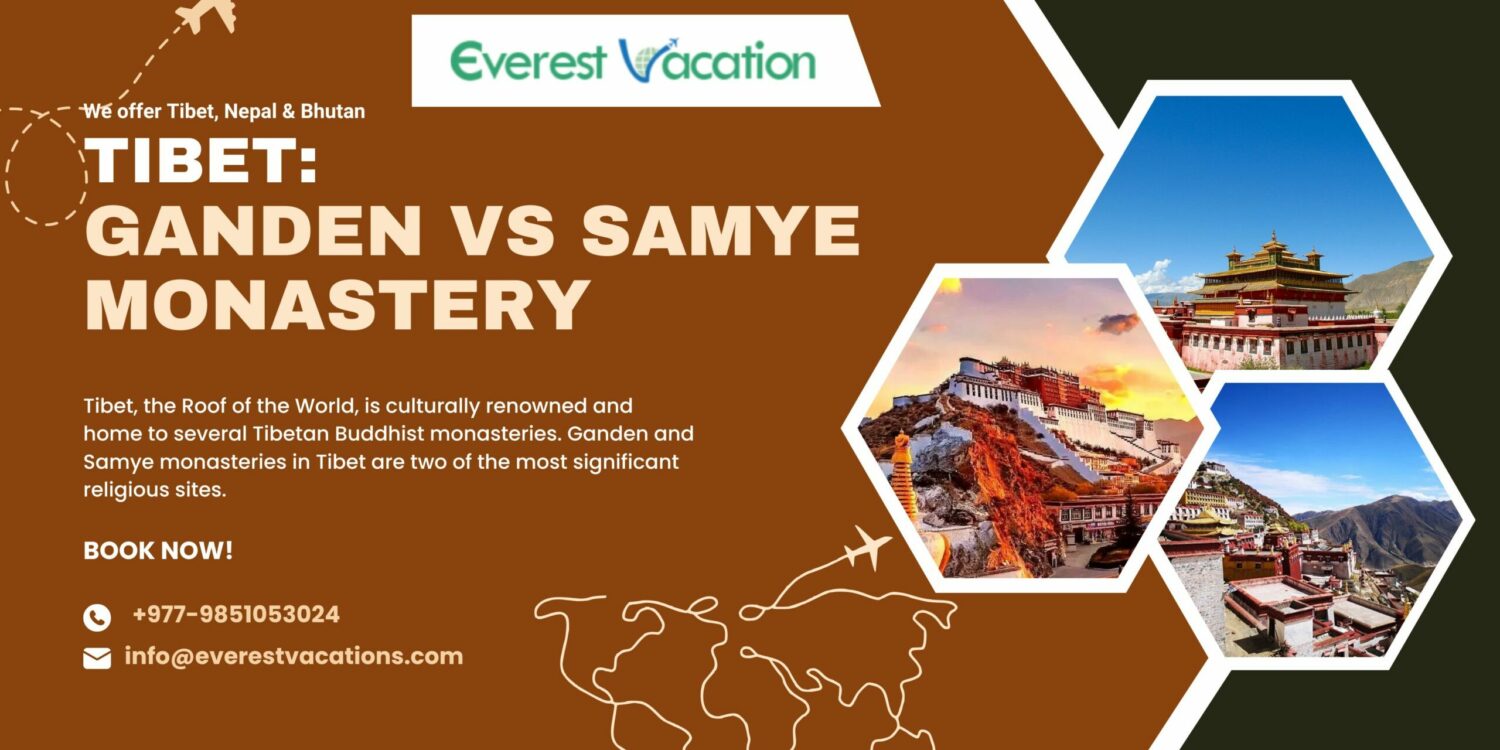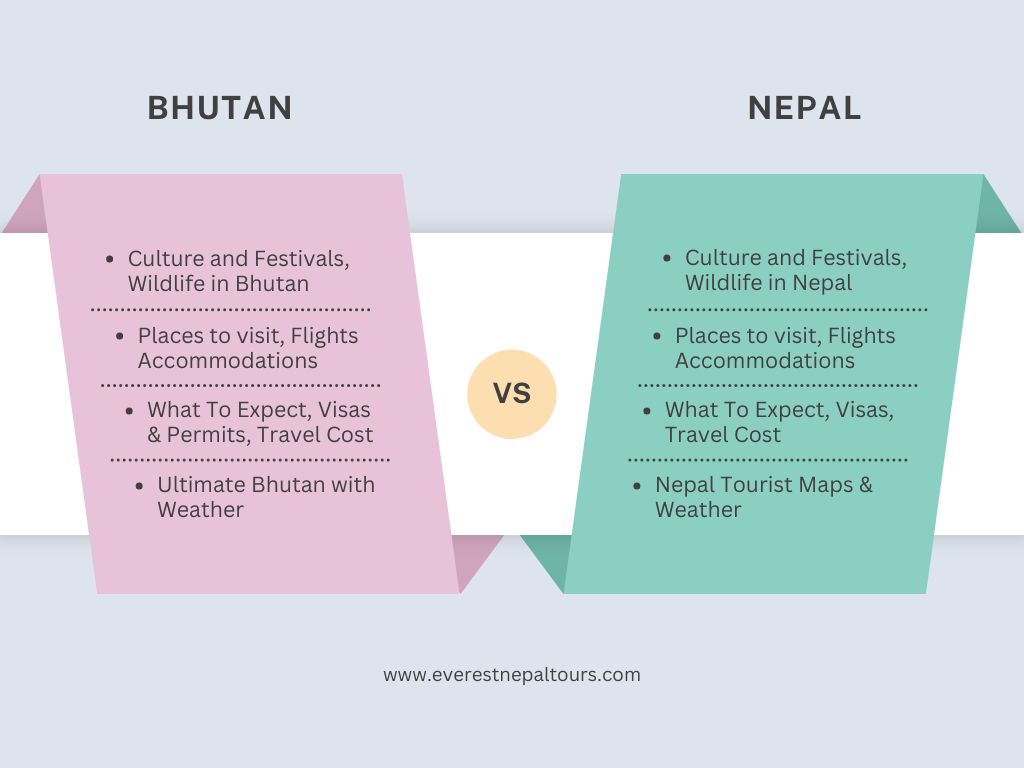Tibet, often referred to as the “Roof of the World,” is a place of awe-inspiring beauty and profound spirituality. With its breathtaking landscapes, ancient monasteries, and rich cultural heritage, Tibet has long captivated the imaginations of intrepid travelers. However, due to its unique geographical location and political considerations, visiting Tibet presents a set of challenges and complexities. In this blog, we will explore the difficulties one may encounter when planning a trip to Tibet and provide insights to help you navigate this extraordinary destination.
The Permit Process:
One of the primary challenges to visiting Tibet is obtaining the necessary permits. As an autonomous region of China, travelers are required to obtain the Tibet Travel Permit (TTP) in addition to a Chinese visa. The permit can only be obtained through a registered travel agency authorized to arrange tours in Tibet. It is important to plan your trip well in advance and work with a reliable agency to ensure a smooth permit application process.
Altitude Sickness:
Tibet’s average elevation exceeds 4,000 meters (13,000 feet), making it one of the highest inhabited regions on Earth. Acute Mountain Sickness (AMS) or altitude sickness is a common concern for travelers to Tibet. The rapid ascent and lack of oxygen can lead to symptoms like headaches, nausea, and fatigue. It is crucial to acclimatize properly by allowing time for rest, staying hydrated, and considering medications prescribed by a healthcare professional.
Limited Accessibility:
Tibet’s remoteness and challenging terrain contribute to its limited accessibility. The region has only a few entry points, mainly by air or via the Qinghai-Tibet Railway. Flights to Lhasa, the capital city, are often limited and subject to weather conditions. The train journey, while spectacular, can take several days, so planning and flexibility are essential.
An excellent alternative is to apply for the Tibet Group Visa from the Chinese embassy in Kathmandu and embark on a four-day overland journey to Lhasa, Tibet. This route offers stunning views and cultural experiences, including visits to Rongbuk Monastery, breathtaking views of Mt. Everest and other mountains, as well as stops in Shigatse, Gyantse, and Yamdrok Lake.
Cultural Sensitivity and Restrictions:
Tibet has a deeply rooted Tibetan Buddhist culture, and it is important for visitors to be respectful and mindful of local customs and traditions. Visitors should be aware that some areas, particularly monasteries, may have restrictions on photography, and it is essential to follow these guidelines to show respect to the local community.
Changing Political Situation:
Tibet’s political situation can sometimes affect travel plans. The region occasionally experiences tightened restrictions and closures to foreign travelers, particularly during sensitive periods. Staying informed about the current political climate and maintaining flexibility in your itinerary will help you navigate any unforeseen circumstances.
Infrastructure and Accommodations:
While tourism in Tibet has grown in recent years, it still has limited infrastructure compared to more developed tourist destinations. Accommodations can range from basic guesthouses to more luxurious options in major cities. It is advisable to manage expectations and plan accordingly, especially when traveling to more remote areas.
Despite these challenges, Visiting Tibet is a remarkable journey that requires careful planning, flexibility, and an adventurous spirit. Despite the challenges, the rewards are immense: stunning landscapes, ancient monasteries, and encounters with a unique and resilient culture. By understanding the permit process, being mindful of altitude sickness, respecting local customs, staying informed, and making necessary preparations, you can embark on a transformative journey to the mystical land of Tibet, leaving you with memories that will last a lifetime.
The region is home to stunning scenery, including the Himalayas, the Potala Palace, and the Yarlung Tsangpo River. You can also learn about Tibetan Buddhism, and experience the unique culture of Tibet.
If you are planning a trip to Tibet, it is important to do your research and to plan ahead. This will help you to avoid any problems and to make the most of your trip.
Here are some tips for planning a trip to Tibet:
- Start planning at least 6 months in advance: This will give you enough time to obtain a Tibet Travel Permit and to book your flights and accommodation.
- Get travel insurance: This will cover you in case of any medical problems or travel delays.
- Acclimatize to the altitude: Spend a few days at a lower altitude before you travel to Tibet. This will help to reduce your risk of altitude sickness.
- Drink plenty of fluids: The air in Tibet is dry, so it is important to drink plenty of fluids.
- Avoid alcohol and caffeine: Alcohol and caffeine can dehydrate you, so it is best to avoid them.
- Travel with a tour guide: A tour guide will help you to plan your itinerary and to avoid any problems.
By following these tips, you can make your trip to Tibet a safe and enjoyable experience.



